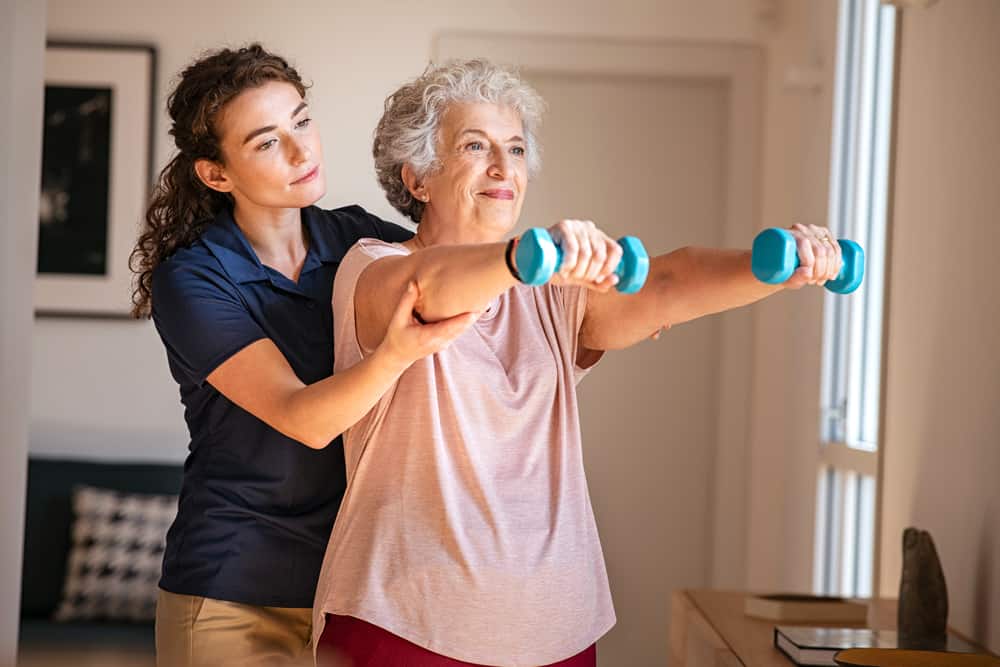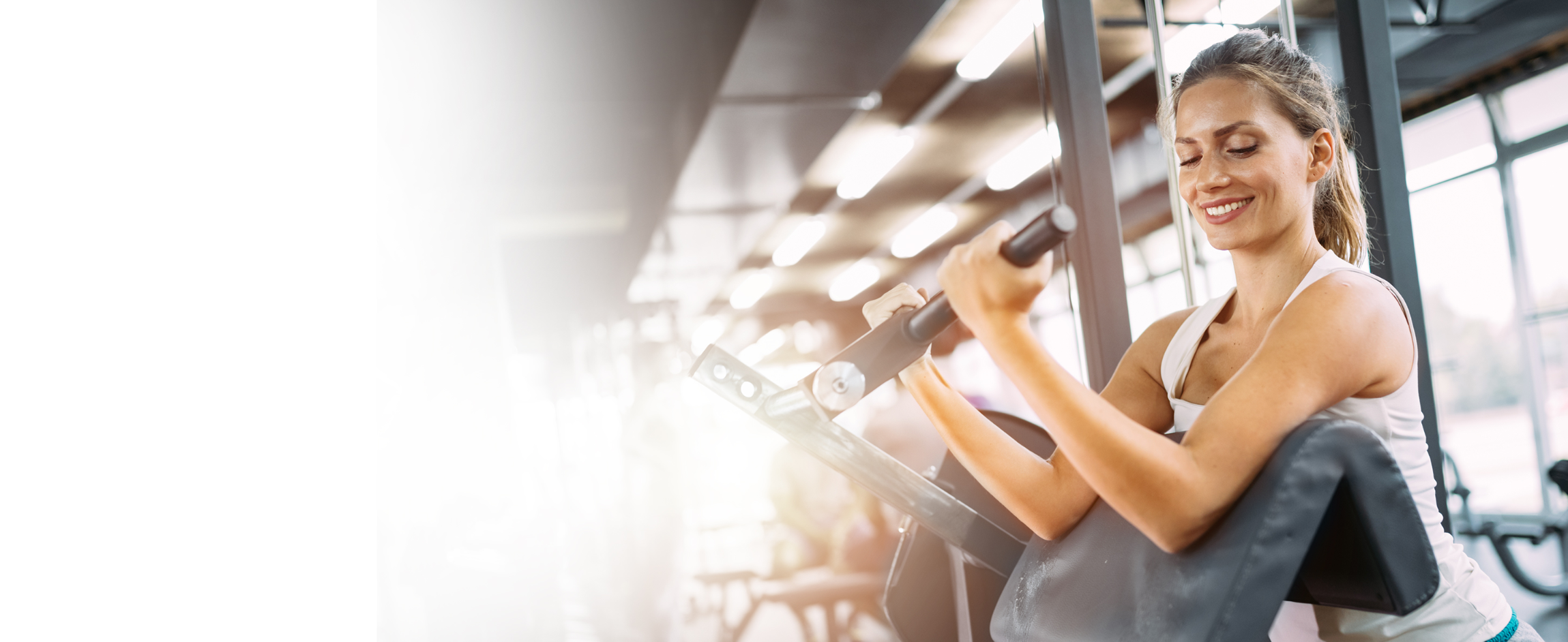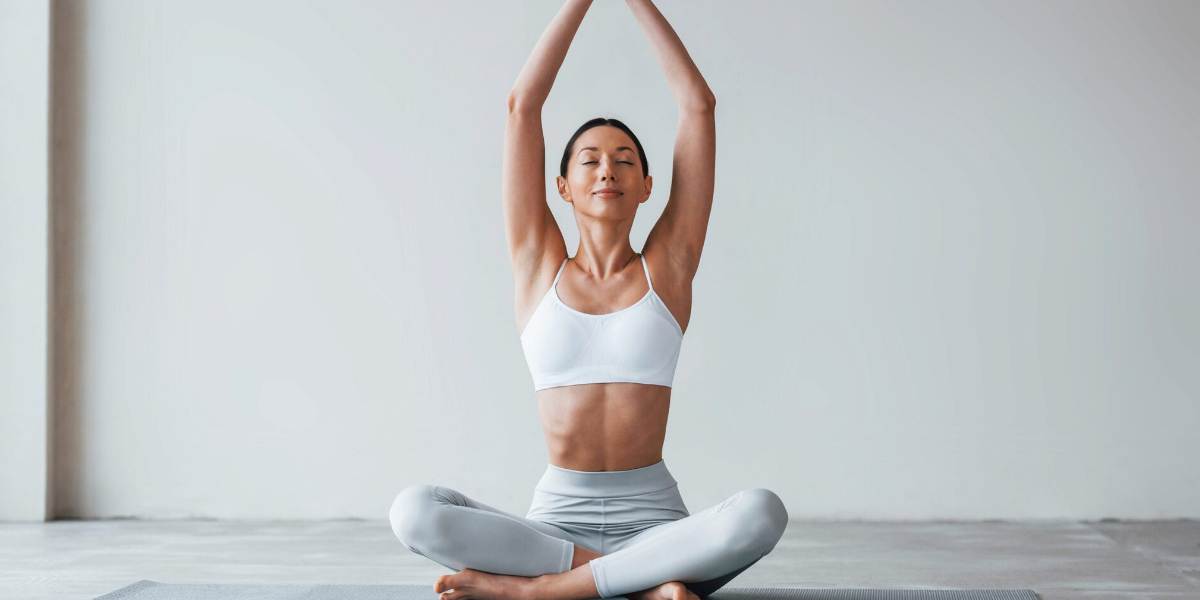
Fitness for All Ages and Abilities: Tailoring Workouts to Individual Needs and Goals
Designing fitness routines that cater to different ages and abilities involves several key considerations to ensure safety, effectiveness, and enjoyment. Here’s a guide on how to tailor workouts to individual needs and goals across various age groups and ability levels:
1. Assessing Individual Needs
- Consultation: Begin by understanding the individual’s health history, current fitness level, any existing injuries, and specific goals.
- Functional Movement Screen: Use assessments like functional movement screens to identify any movement patterns that need correction or modification.
2. Choosing Appropriate Exercises
- Low-Impact Options: For seniors or those with joint issues, opt for exercises that are gentle on the joints like swimming, cycling, or yoga.
- Bodyweight Exercises: These are versatile and can be adjusted in intensity based on ability.
- Resistance Training: Customize the weight and intensity based on strength levels.
3. Considerations for Different Age Groups
- Children and Teens: Focus on fun and variety to encourage engagement. Incorporate activities like team sports, dance, or martial arts.
- Adults: Balance cardiovascular, strength, and flexibility training based on individual goals such as weight loss, muscle gain, or stress reduction.
- Seniors: Emphasize balance, flexibility, and functional strength to maintain independence and prevent falls.
4. Tailoring Intensity
- Progressive Overload: Gradually increase the intensity or duration of exercises to prevent plateaus and promote improvement.
- Interval Training: Incorporate intervals of higher and lower intensity to accommodate different fitness levels.


5. Safety Precautions
- Proper Warm-up and Cool-down: Always include a warm-up to prepare muscles and a cool-down to aid recovery.
- Modifications: Provide modifications for exercises based on individual capabilities.
6. Incorporating Variety and Fun
- Group Classes: Offer group classes that cater to various abilities, such as beginner, intermediate, and advanced levels.
- Outdoor Activities: Organize activities like hiking, biking, or group walks to add variety.
7. Goal Setting and Tracking Progress
- SMART Goals: Set Specific, Measurable, Achievable, Relevant, and Time-bound goals tailored to the individual.
- Regular Assessments: Track progress and adjust the routine accordingly to maintain motivation.
8. Professional Guidance
- Certified Trainers: Work with certified trainers who have experience with diverse populations.
- Healthcare Professional Consultation: For individuals with specific health concerns, consult with healthcare professionals for personalized advice.
Example Workouts:
- Beginner Workout (All Ages): Includes basic bodyweight exercises like squats, lunges, and modified push-ups.
- Intermediate Workout (Adults): Combines strength training with cardio intervals such as circuit training or HIIT.
- Senior-Friendly Workout: Focuses on chair exercises, balance training, and gentle stretching.
Tailoring workouts to individual needs and goals requires a flexible approach that acknowledges and accommodates differences in age, fitness level, and ability. By prioritizing safety, enjoyment, and effectiveness, individuals can achieve sustainable fitness outcomes regardless of their starting point.

Viewers: 218
healthblog
Website
https://healthblog.pro



